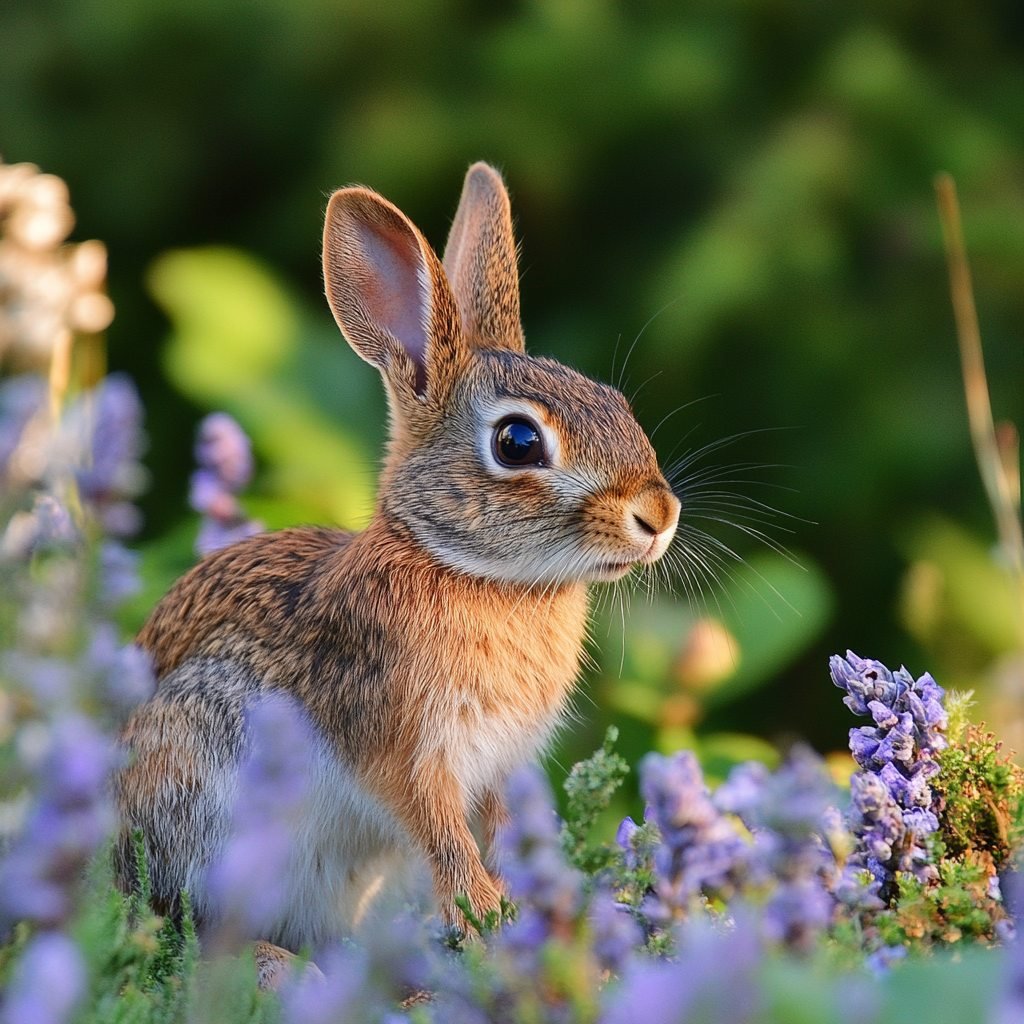Imagine stepping into your garden and being greeted by the cheerful chirping of birds, the gentle flutter of butterflies, and the soft buzz of bees. Creating a wildlife-friendly garden not only brings joy and beauty but also supports local ecosystems. In this guide, we’ll show you how to transform your outdoor space into a thriving haven for wildlife, no matter the size of your garden.
10 Simple Bathroom Upgrades for a Spa-Like Experience | How to Add a Pop of Colour to Your Kitchen Décor
The Best Perennials for a Low-Maintenance Garden | How to Prune Your Plants for Optimal Growth
Why Create a Wildlife-Friendly Garden?
Attracting wildlife to your garden offers numerous benefits:
- Environmental Impact: Supports biodiversity and helps local species thrive.
- Pest Control: Natural predators like birds and ladybirds help manage pests.
- Pollination: Bees and butterflies pollinate plants, promoting healthy growth.
- Educational Value: A great way to learn about nature and involve the whole family.
Step-by-Step Guide to a Wildlife-Friendly Garden
Step 1: Provide Food Sources
Plant Native Species
Native plants are well-suited to the local climate and soil, making them ideal for wildlife.
- Wildflowers: Such as bluebells, primroses, and foxgloves attract bees and butterflies.
- Berry Bushes: Hawthorn and holly provide food for birds.
Grow a Variety of Plants
Diverse plant life supports a wider range of animals.
- Herbaceous Plants: Offer nectar and pollen.
- Fruit Trees: Apples and pears feed birds and insects.
Step 2: Create Shelter and Nesting Sites
Install Bird Boxes
Provide safe nesting spots for birds.
- Placement: Position boxes away from direct sunlight and prevailing winds.
- Types: Different sizes attract various bird species like robins or blue tits.
Build Insect Hotels
Offer habitats for beneficial insects.
- Materials Needed: Hollow stems, pine cones, and pieces of bark.
- Construction: Layer materials in a wooden frame or stack pallets.
Step 3: Add a Water Feature
Install a Pond
A pond attracts frogs, newts, and dragonflies.
- Size: Even a small pond can make a big difference.
- Safety: Ensure it’s safe for children by adding shallow edges.
Bird Baths
Provide fresh water for birds to drink and bathe.
- Maintenance: Clean regularly to prevent algae build-up.
- Placement: Keep away from dense shrubs where predators may hide.
Step 4: Create Diverse Habitats
Leave Some Areas Wild
Letting parts of your garden grow naturally creates shelter.
- Long Grass: Attracts insects and small mammals.
- Leaf Piles: Provide habitats for hedgehogs and insects.
Add Log Piles and Rocks
These offer hiding spots and breeding grounds.
- Log Piles: Attract beetles and fungi.
- Rock Gardens: Warm surfaces for basking reptiles like slow worms.
Step 5: Avoid Chemicals
Use Natural Pest Control
Chemicals can harm wildlife.
- Beneficial Insects: Encourage ladybirds and lacewings that eat aphids.
- Companion Planting: Grow plants together that naturally deter pests.
Organic Fertilisers
Use compost or manure instead of synthetic products.
- Homemade Compost: Recycle kitchen waste and garden clippings.
- Green Manure: Plant cover crops that enrich the soil.

Tips for Success
- Seasonal Planting: Choose plants that bloom at different times to provide year-round food.
- Connectivity: Create corridors with hedges or plants to allow wildlife to move safely.
- Monitor and Enjoy: Keep an eye on your garden to see which species visit and adapt as needed.
Common Mistakes to Avoid
- Over-Tidying: Removing all dead leaves and wood eliminates habitats.
- Using Peat Compost: Peat extraction damages natural bogs; opt for peat-free alternatives.
- Introducing Non-Native Species: They can become invasive and outcompete local flora.
Summary Table
| Step | Action |
| 1. Provide Food Sources | Plant native and diverse species |
| 2. Create Shelter | Install bird boxes and build insect hotels |
| 3. Add Water Features | Install a pond or set up bird baths |
| 4. Create Diverse Habitats | Leave areas wild; add log piles and rocks |
| 5. Avoid Chemicals | Use natural pest control and organic fertilisers |
Conclusion
Transforming your garden into a wildlife-friendly haven is a rewarding project that benefits both you and the environment. By providing food, shelter, and a safe habitat, you’ll attract a variety of creatures that bring your garden to life. Not only will you enjoy the sights and sounds of nature, but you’ll also contribute to preserving local biodiversity.
Ready to Start Your Wildlife Garden?
Now is the perfect time to get your hands dirty and make a positive impact on your local ecosystem. For more gardening tips, check out our guide on easy vegetables to grow in your UK garden and combine wildlife-friendly practices with homegrown produce.
FAQs
No, even small gardens or balconies can support wildlife. Potted plants, window boxes, and small water features can make a difference.
Regularly monitor your garden, refresh water sources, and avoid using chemicals. Let some areas grow wild and prune plants carefully.
While wildlife gardens attract more creatures, natural predators like birds and ladybirds help keep pest populations in check.
Yes, balance is key. You can designate specific areas for wildlife while keeping other parts manicured.
Avoid invasive non-native species that can outcompete local plants. Also, steer clear of plants treated with pesticides.




